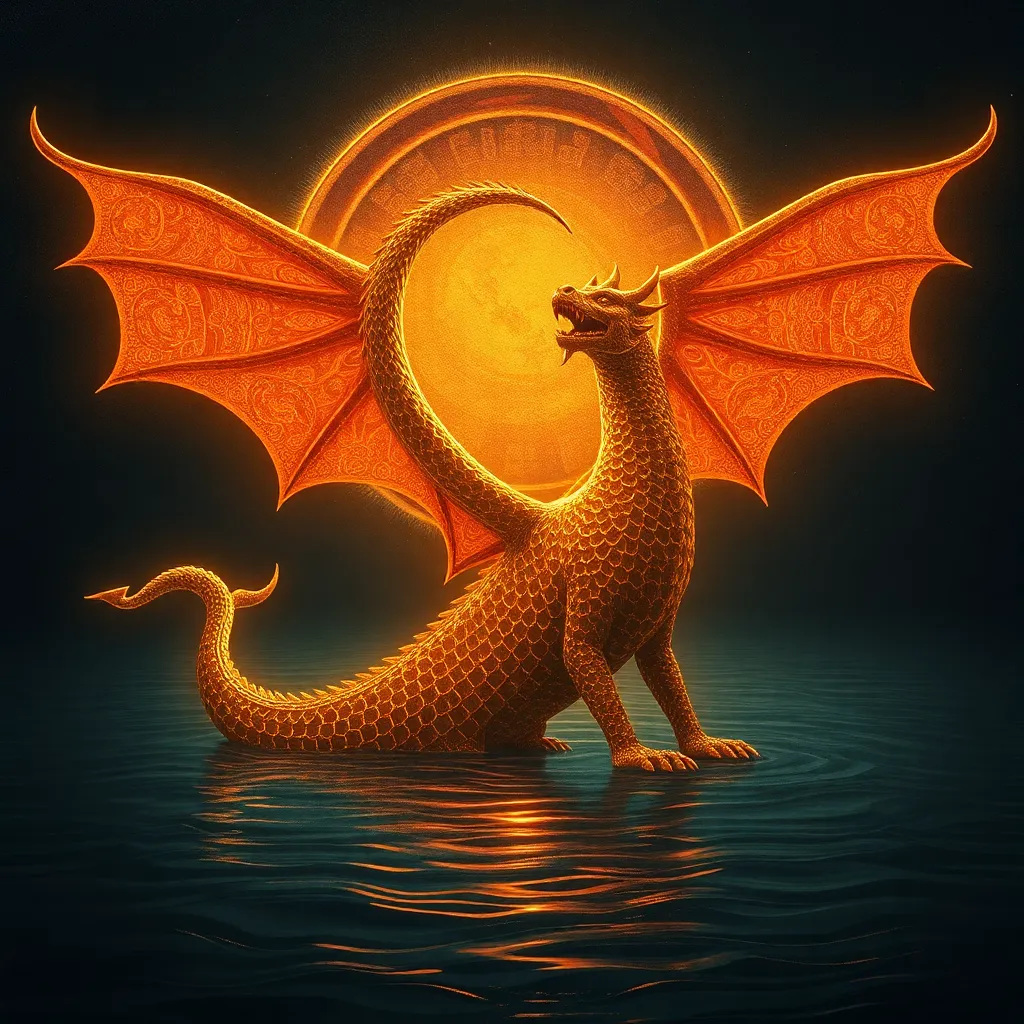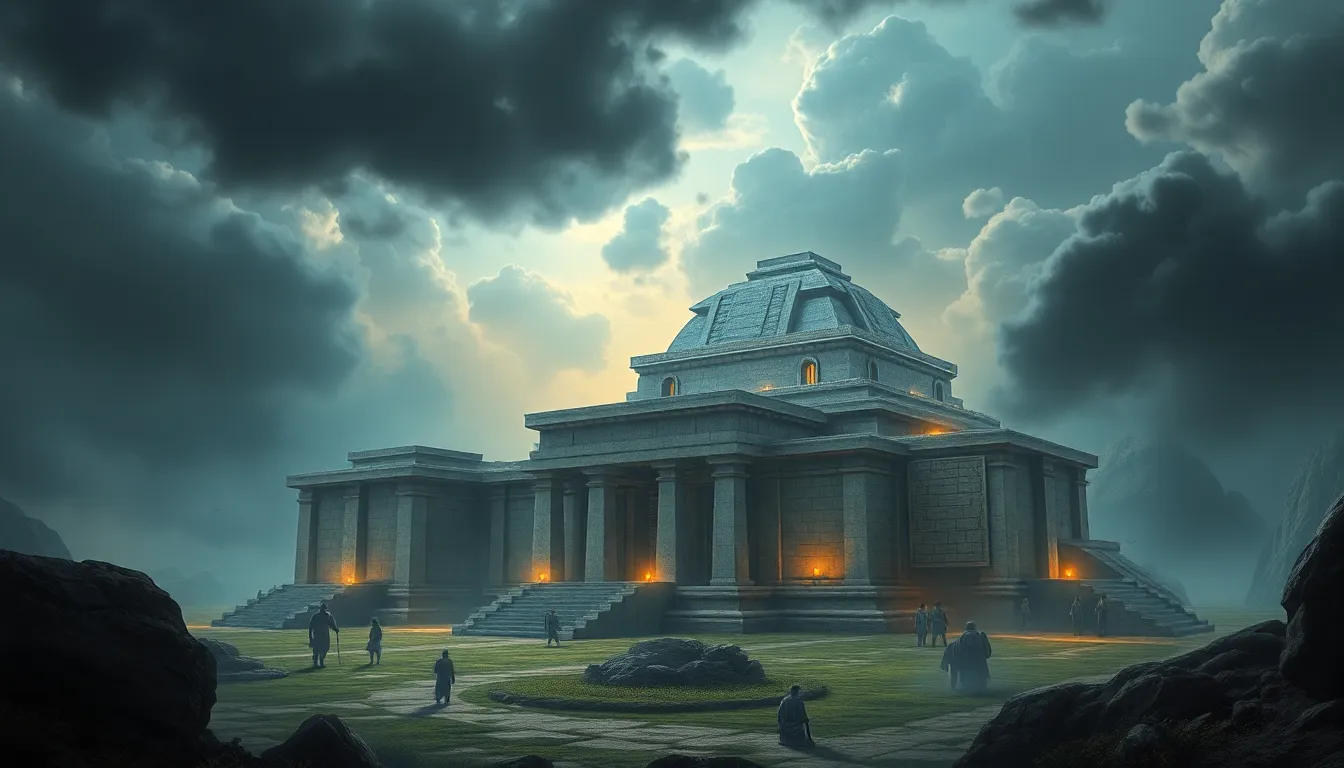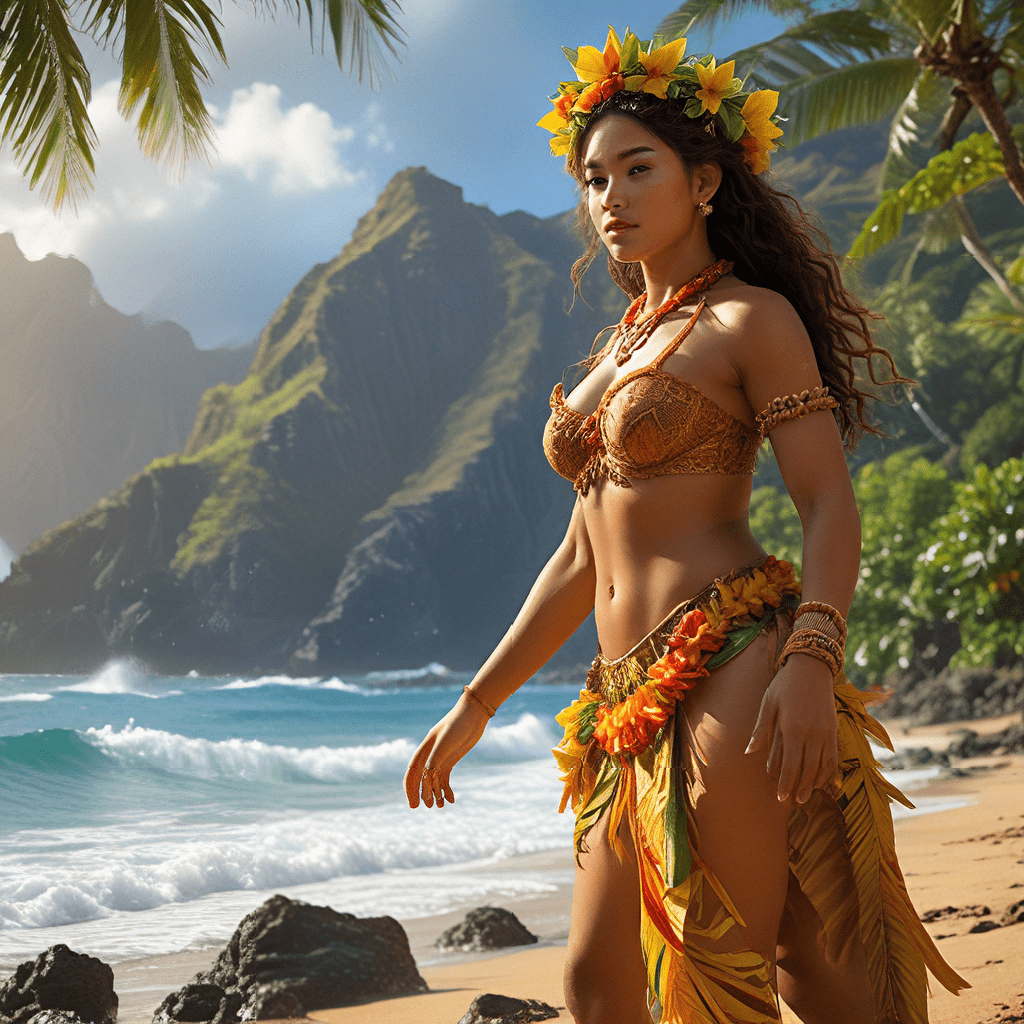The Dragon’s Shadow on the Nile: Níðhöggr’s Influence on Egyptian Beliefs
I. Introduction
Níðhöggr, a prominent figure in Norse mythology, is often depicted as a dragon that gnaws at the roots of Yggdrasill, the World Tree. This creature symbolizes the darker aspects of existence, such as decay and destruction, which ultimately lead to renewal and rebirth. In contrast, ancient Egyptian beliefs were rich with their own complex pantheon of gods and myths, reflecting themes of creation, life, death, and resurrection.
This article aims to explore the connections between Níðhöggr and Egyptian mythology, uncovering the cultural exchanges that may have influenced the interpretation of these powerful symbols. By examining the themes of death and rebirth, as well as the symbolism of dragons and serpents, we can gain deeper insights into how these ancient cultures understood their worlds and their beliefs.
II. Understanding Níðhöggr: The Dragon of Norse Lore
Níðhöggr is often characterized as a fearsome dragon residing at the base of Yggdrasill, the cosmic tree that connects the nine worlds of Norse mythology. This dragon plays a crucial role in the cycle of life, death, and rebirth, as it gnaws at the roots of the tree, symbolizing the inevitable decay that precedes new growth.
The symbolism of the dragon in Norse culture extends beyond mere destruction. It embodies the concept that destruction is not an end, but a necessary precursor to regeneration. The Norse believed that from the ashes of decay, new life would emerge, mirroring the cycles of nature.
III. Egyptian Mythology: A Brief Overview
Ancient Egyptian beliefs are characterized by a rich tapestry of gods and goddesses, each with distinct roles and attributes. Key deities include:
- Osiris: The god of the afterlife and resurrection.
- Isis: The goddess of magic and motherhood, often associated with healing.
- Ra: The sun god, symbolizing creation and life.
Duality is a significant theme in Egyptian mythology, often represented as a balance between creation and destruction. This duality is reflected in the importance of serpents and dragons, which can symbolize both protection and danger. Serpents like Apep, the chaos serpent, represent chaos and destruction, opposing the order established by the sun god Ra.
IV. The Intersection of Mythologies: Cultural Exchange in the Ancient World
While Norse and Egyptian mythologies are from distinct cultures with different geographies, there is evidence suggesting possible interactions. Historical contexts, such as trade routes and migrations, facilitated cultural exchanges that could have influenced mythological narratives.
Mythological syncretism can be traced in ancient texts and archaeological findings, indicating that ideas about gods, creation, and destruction were not confined to single cultures but shared and transformed through interactions. This cultural exchange is essential for understanding the evolution of mythologies.
V. Themes of Death and Rebirth: Comparing Níðhöggr and Egyptian Deities
Both Níðhöggr and various Egyptian deities embody the themes of death and rebirth. In Norse mythology, Níðhöggr’s actions represent the decay of Yggdrasill, which is vital for the renewal of life. This cycle mirrors the Egyptian beliefs surrounding the afterlife, particularly through the figure of Osiris, who is resurrected after his death, symbolizing the cycle of life.
Key comparisons include:
- Decay and Renewal: Both Níðhöggr and the myth of Osiris emphasize that death is not the end, but a necessary step for renewal.
- Cycles of Life: The cyclical nature of existence is a common theme, with both cultures recognizing the importance of decay and rebirth.
VI. Symbolism of Dragons and Serpents in Both Traditions
Dragons and serpents hold significant symbolic value in both Norse and Egyptian mythologies. In Norse culture, Níðhöggr serves as both a guardian and a destroyer, embodying the complex relationship between life and death. In contrast, Egyptian mythology features serpents like Apep, who personifies chaos and destruction, standing in opposition to the order represented by Ra.
Comparative analysis reveals:
- Guardianship: Dragons, like Níðhöggr, can symbolize guardians of knowledge and chaos.
- Destruction: Serpents in both mythologies represent destructive forces that challenge the stability of existence.
VII. Modern Interpretations and Cultural Resonance
In contemporary culture, Níðhöggr’s influence can be seen in literature, film, and art, where dragons often symbolize power, destruction, and the potential for rebirth. The fascination with dragons transcends cultures, uniting various mythological traditions under shared themes.
Furthermore, ancient beliefs continue to resonate in modern spirituality, where themes of death, rebirth, and the cyclical nature of existence are explored through various practices and philosophies.
VIII. Conclusion
In summary, the exploration of Níðhöggr and its connections to Egyptian mythology reveals fascinating parallels between two seemingly disparate cultures. Both mythologies offer rich narratives surrounding death, rebirth, and the duality of existence.
The enduring legacy of figures like Níðhöggr highlights the importance of cross-cultural studies in understanding human beliefs and values. By examining these connections, we gain insight into the shared human experience, allowing us to appreciate the depth and complexity of mythological narratives across different cultures.



